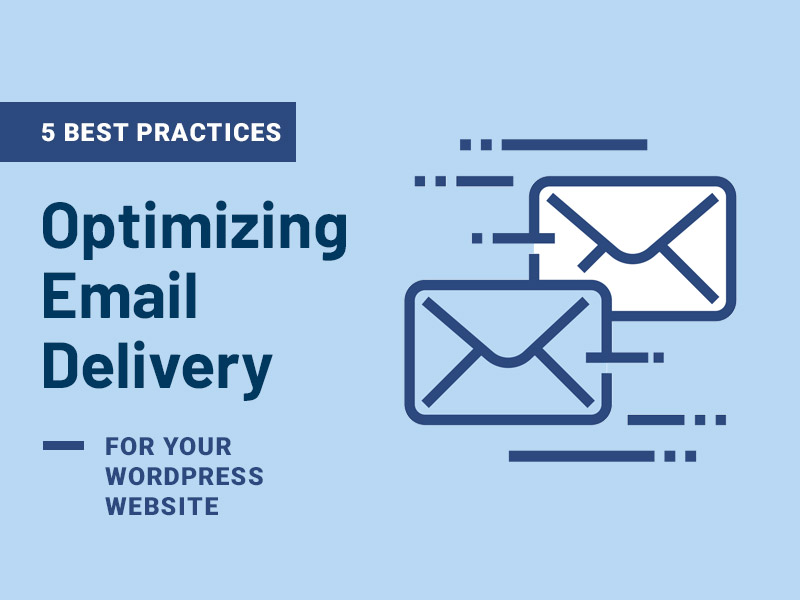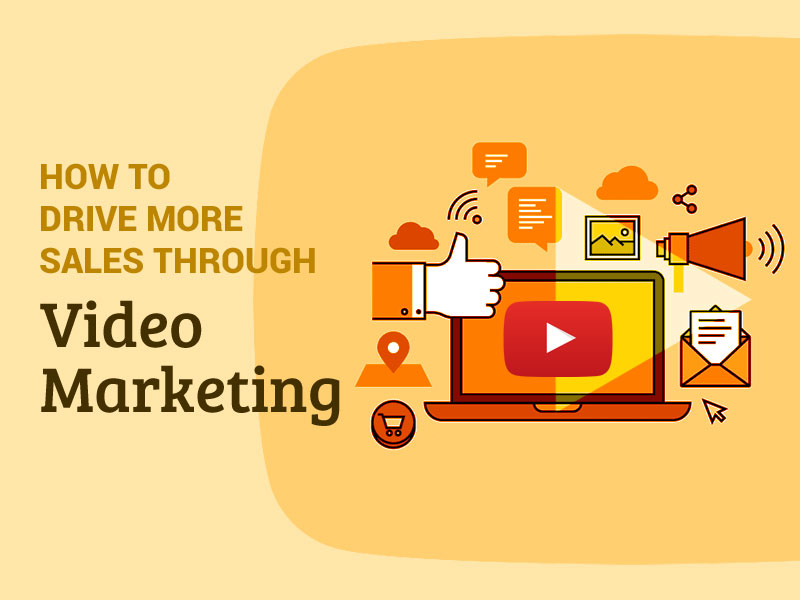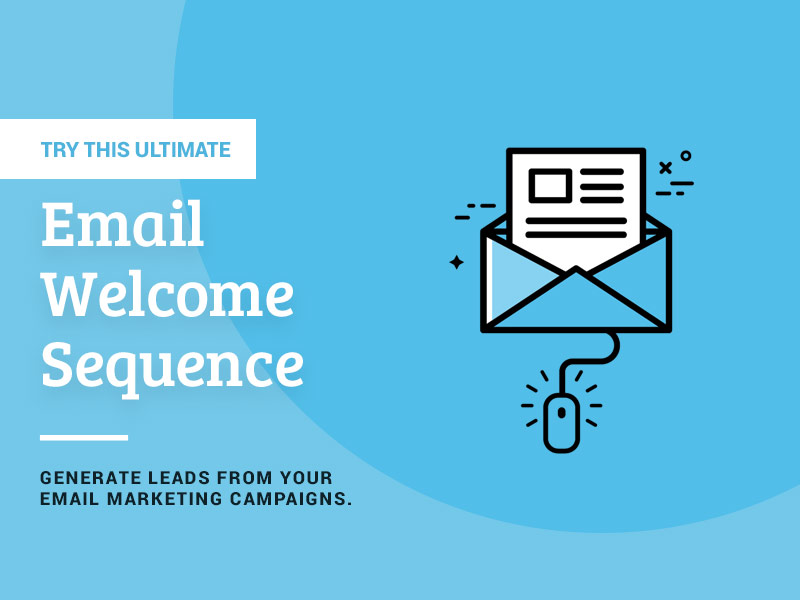Do you know that optimizing email delivery for your WordPress site can be the best strategy to improve your customer connection process?
Now you must be thinking about how to do it. Well, there are effective practices that help you optimize email delivery without going the extra mile. Although there are many that you can implement for ease, we bring you the 5 best practices that will surely improve and optimize email delivery.
So let’s explore together to learn more about email delivery optimization practices!
Factors Affecting WordPress Site Email Delivery
Before exploring the best practices for optimizing email delivery, many factors affecting email delivery need to be highlighted. However, a few of the main factors are:
Email Volume Limits
One typical factor affecting email delivery for WordPress websites is the volume restriction of email sending from web hosts or service providers. The main reason for the email sending limit is to stop spamming, so whenever any WordPress website exceeds the limit, it faces failed email delivery or delays.
Lack of Email Deliverability Tools
The default email system of the WordPress website may have come with something other than built-in tools to monitor bounce rate, spam complaints, and other aspects that affect email delivery.
Configuration Issues
Incorrect WordPress website email settings configuration also becomes a problem in email delivery. This includes misconfigured settings of the SMTP plugin WordPress, inaccurate or missing authentication protocols, or not using a reliable email service provider.
Content Spam Filters
Spam trigger words, bogus subject lines, and unsolicited commercial messages can trigger spam filters affecting email delivery.
Unsegmented Emails
Unsegmented emails can also be a significant factor in affecting email delivery. When emails are sent without segmentation, it is sent to a complete list without knowing their preferences, interest, and engagement levels. Lacking the element of personalization mainly results in decreasing engagement levels and higher unsubscribe rates.
Practices for Optimizing Email Delivery
In an era where brands are achieving new milestones with email marketing and every individual inbox is flooded with promotional messages, it’s necessary to get prominent recognition and stand out. But the question arises how? Executing techniques to achieve optimal email delivery success and enhance overall marketing effectiveness.
1. Choose a Reliable SMTP Plugin for WordPress
One of the first practices that implementation will do wonders when optimizing email delivery is executing a reliable SMTP plugin WordPress. Although WordPress has its default emailing, solely depending on it may cause fewer email delivery rates. But if you integrate an SMTP plugin, you can take advantage of a dedicated email delivery service that is more reliable.
2. Maintain an Engaged Email List
Maintaining your email list by removing invalid or inactive email addresses is necessary. You can harm your sender’s reputation and increase the email bounce rate when you continuously send emails to unengaged recipients. So it’s essential to cleanse your email list and ensure your email is delivered to the intended recipients.
Cleaning your email lists can be done through a verification tool to detect and remove addresses no longer valid and help you maintain a healthy and engaged subscriber base. Also, keeping active email lists lessens the chances of your email being flagged as spam by email filters.
3. Optimize Email Templates
Improving email templates also play a crucial role in optimizing email delivery. While designing your email templates, ensure that your primary focus should be a visually appealing, lightweight, and mobile-friendly design that is influential in enhancing user experience. Here are a few tips to optimize email templates
- Use inline CSS to keep your email’s formatting and styling intact, even if the recipient doesn’t support external stylesheets.
- Use compressed or small-size image files without compromising on quality.
- Minimize the use of scripts, animation, or complex HTML structures.
- Use clear and concise content that engages recipients.
4. Implement Double Opt-In Process
When you implement a double opt-in process, subscribers must confirm their email addresses after signing up. It is typically done by clicking on the link sent to their inbox. This strategy helps optimize email delivery by identifying engaged users to receive your emails and reducing spam complaints. Also, it established a stronger level of consent from subscribers who were genuinely interested in receiving your emails.
The most impactful thing about this practice is the addition of an extra layer of security to the email list, protecting your sender’s reputation.
5. Track & Analyze Email Metrics
When you keep track of email metrics, including open rates, bounce rates, and spam, you can get insight into the performance of your email campaigns and identify delivery issues that may affect your success. Also, this ongoing analysis of email metrics helps you to refine your strategies, improve engagement and achieve better email delivery for your WordPress website.
Related: 8 Email Marketing Automation Practices to Boost Sales
Conclusion
In conclusion, optimizing email delivery for your WordPress site is necessary to guarantee that your message reaches your target audience effectively. Implementing the five practices featured in this blog will empower you to achieve your goal promptly and maximize your email campaign’s effect.
So, take a driving seat, implement these effective practices, see the magic, and enjoy improved email delivery and engagement.







